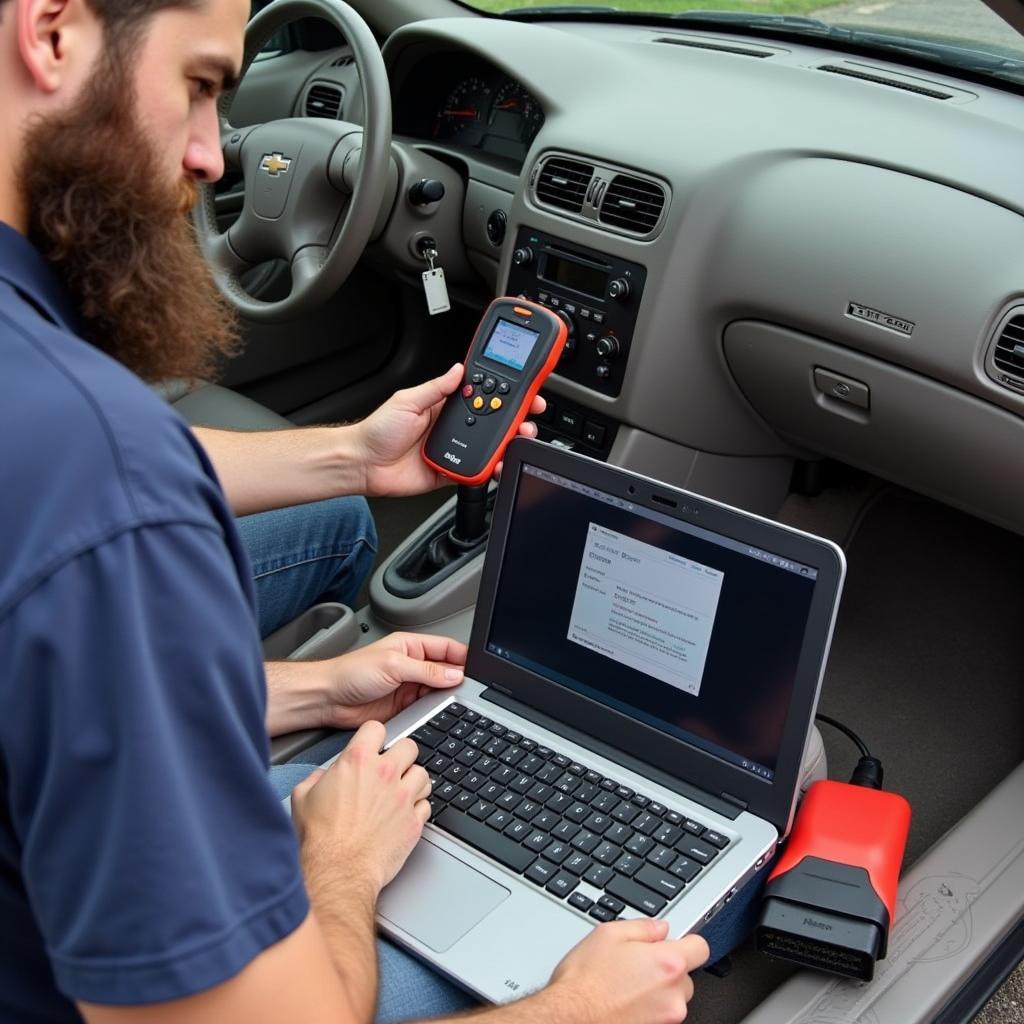You’re driving down the road, and suddenly, a warning flashes on your dashboard: “collis.warn. sys. w/ active brake interv. fcw stop.” This message, while potentially alarming, is actually your car’s advanced safety system working to keep you safe. Let’s break down what it means and what you need to know.
What does “collis.warn. sys. w/ active brake interv. fcw stop” mean?
This warning message indicates that your car’s Collision Warning System (collis.warn. sys.) has detected a potential forward collision and has engaged the Active Brake Intervention feature. FCW stands for Forward Collision Warning, and “stop” means the system may apply the brakes to help you avoid or mitigate an accident.
In simpler terms, your car senses an obstacle ahead and is prepared to hit the brakes for you if you don’t react in time.
How the Collision Warning System Works
Your car uses a combination of sensors, typically cameras and/or radar, to monitor the distance between your vehicle and the one in front of you. If the system determines that a collision is imminent based on your speed and the closing distance, it will issue the warning and prepare for emergency braking.
 Car with sensors highlighted
Car with sensors highlighted
Active Brake Intervention: Your Car’s Safety Net
Active Brake Intervention is a crucial part of your car’s safety features. When activated:
- Warning Stage: The system first provides visual and audible warnings, often a flashing light on the dashboard and a beeping sound, to alert you to the danger.
- Braking Preparation: If you don’t react quickly enough, the system pre-charges the brakes, preparing for maximum braking force.
- Emergency Braking: If a collision is still deemed unavoidable, the system automatically applies the brakes with full force to try to avoid or lessen the severity of the impact.
Common Causes of False Warnings
While the technology is highly advanced, it’s not foolproof. Here are some scenarios that might trigger a false warning:
- Driving too close to the vehicle ahead.
- Sudden changes in elevation (steep hills, dips in the road).
- Obstructions on the road that the sensors misinterpret (e.g., large shadows, reflections).
- Adverse weather conditions (heavy rain, fog, snow) that interfere with sensor accuracy.
 Car navigating through a heavy downpour
Car navigating through a heavy downpour
What to Do When You See the Warning
If you see the “collis.warn. sys. w/ active brake interv. fcw stop” warning:
- Don’t Panic: Stay calm and assess the situation.
- Check Your Surroundings: Quickly scan your mirrors and blind spots to ensure it’s safe to brake.
- Brake Firmly: If necessary, apply the brakes yourself to avoid the obstacle. The system is designed to assist you, not replace your judgment.
Important: Remember, even if your car has these safety features, you are ultimately responsible for safe driving. Pay attention to the road, maintain a safe distance from other vehicles, and be prepared to react to changing traffic conditions.
Troubleshooting Persistent Issues
If you find that the warning system is activating frequently or in situations where there doesn’t seem to be a risk of collision, there may be an issue with the system itself. Here’s what you can do:
- Consult Your Owner’s Manual: Your car’s manual will have specific information about the collision warning system and how to troubleshoot basic problems.
- Schedule a Service Appointment: If the problem persists, it’s best to take your car to a qualified mechanic or dealership. They can diagnose the issue using specialized diagnostic equipment.
 Mechanic inspecting car sensors in a repair shop
Mechanic inspecting car sensors in a repair shop
“It’s crucial to address any inconsistencies in your car’s safety systems immediately,” says John Smith, Senior Automotive Engineer at ABC Auto Tech. “These systems are there to protect you, but neglecting potential issues could compromise their effectiveness.”
Conclusion
Your car’s collision warning system and active brake intervention are valuable safety features designed to help prevent accidents. By understanding how they work and what to do when the system activates, you can be a safer driver. If you experience persistent problems with the system, don’t hesitate to seek professional assistance.

